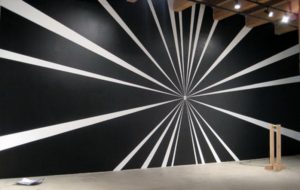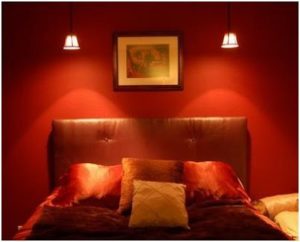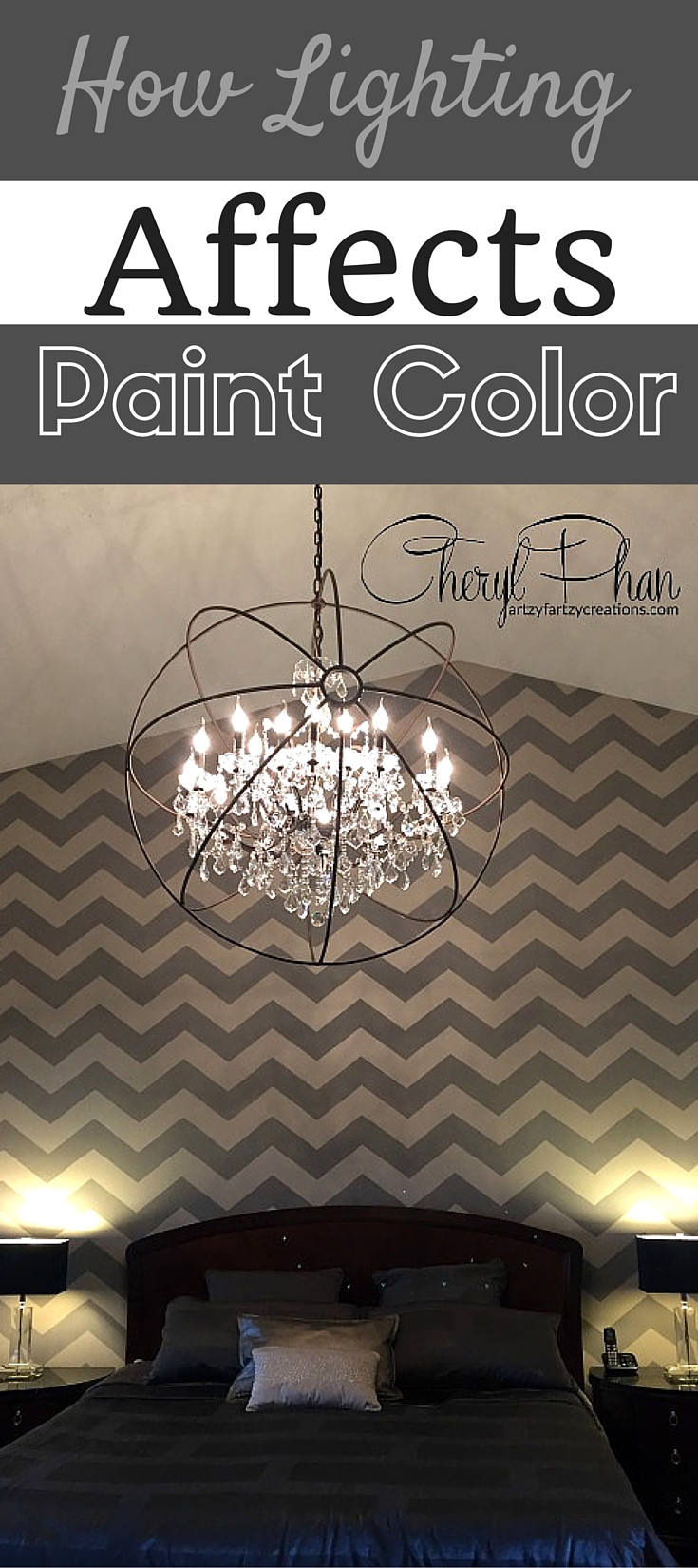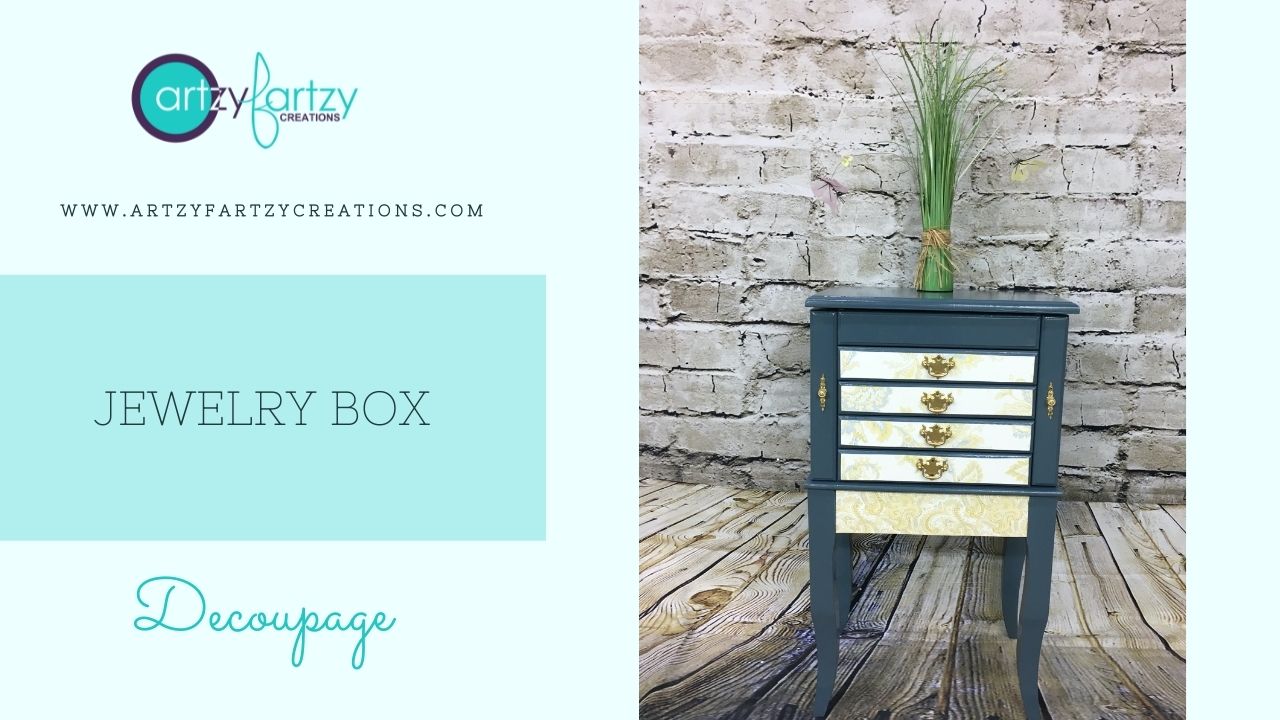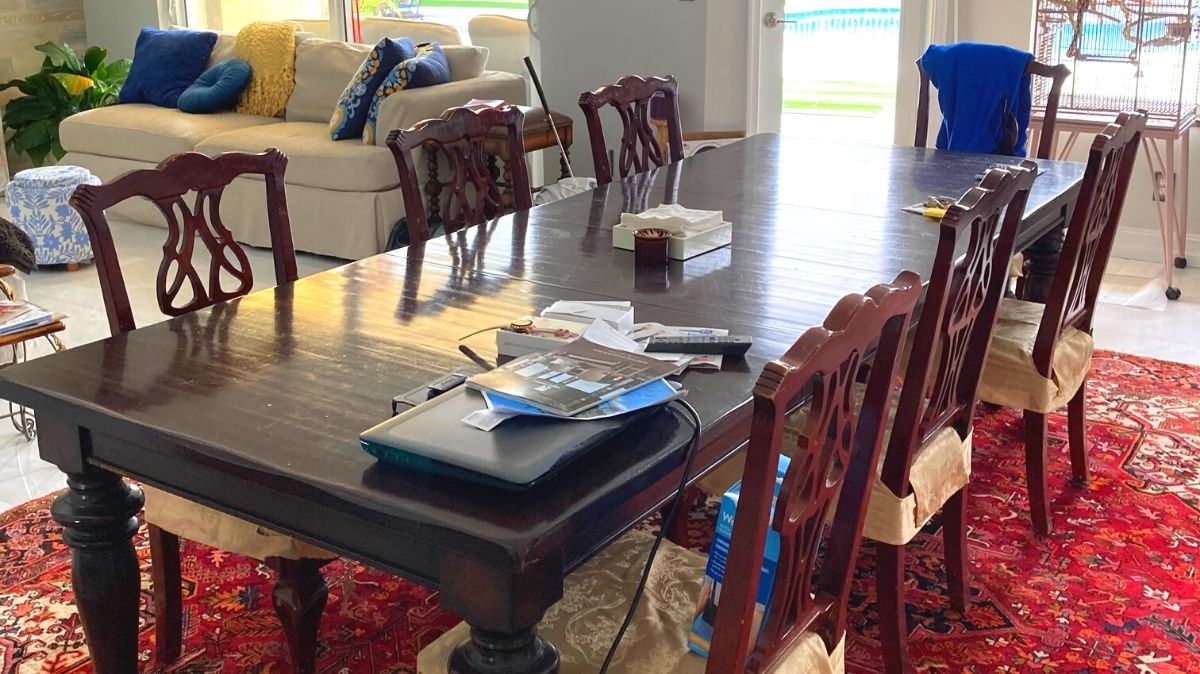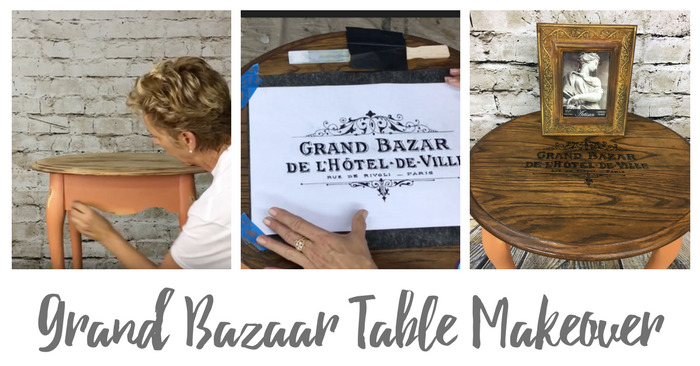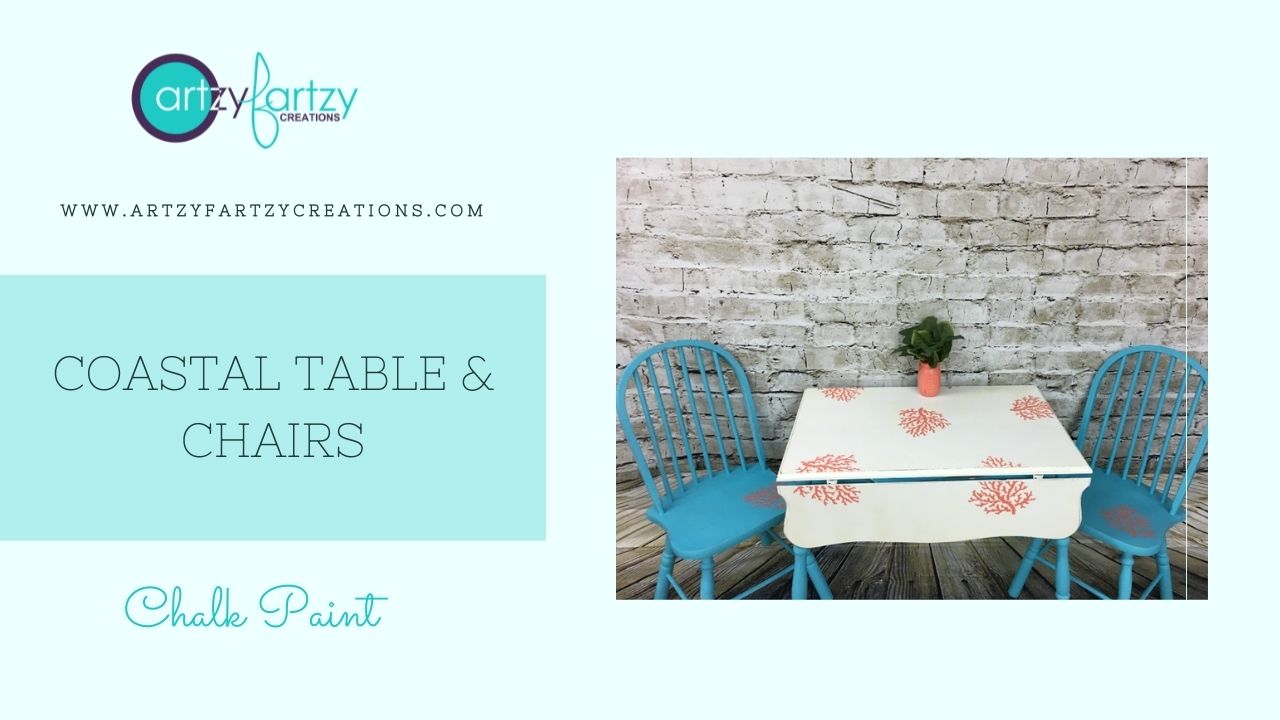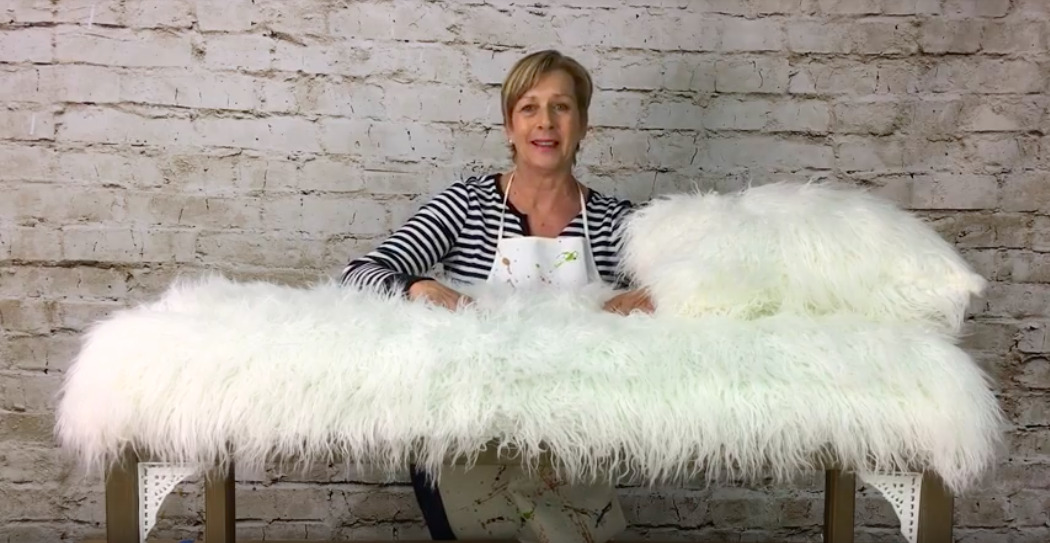Paint colors will look different during the day than in the evening and will also appear different on North, East, South, and West walls. Depending on what type of lighting you’re using and when the light is shining throw your windows.
Here are two things to consider when picking your paint color:
1. The light that an object absorbs. Black absorbs all colors; white absorbs none; blue absorbs red.
2. How the light source works. Natural light (sunlight) changes throughout the day and is affected by a room’s location. Artificial light changes with the type of bulb you use.

How Sunlight Affects Colors As the sun changes, so will your room colors. Natural light should always be a consideration when choosing a color. When you’re in the paint store selecting paint colors take them outside to see its true color.
North-facing rooms: Light in these rooms is cool. Bolder colors show up better than muted colors; lighter colors will look dull.
South-facing rooms: Lots of light brings out the best in cool and warm colors. Dark colors will look brighter; lighter colors will practically glow. East-facing rooms: These are great rooms for warm colors such as reds, oranges, and yellows. The East light is warm before noon and will turn darker and bluer later in the day.
West-facing rooms: Early morning light creates shadows and makes the room look dull, whereas evening light creates a warm and cozy feel.
Why bulbs can affect the colors you choose
Bulbs play a big role in how the light will affect the color.
Incandescents: Will make reds, oranges, and yellows more vivid, while muting blues and greens.
Fluorescents: This flat and cool light enriches blues and greens.
Halogens: These white lights resemble natural light and make all colors look more vivid. Using halogens would make the shift from daylight to artificial light less jarring.
Compact fluorescent lights: can produce either a warm white, neutral, or bluish-white light.
Light-emitting diodes (LEDs): You can buy warmer or cooler LEDs and even “smart” LED bulbs whose color you can control wirelessly
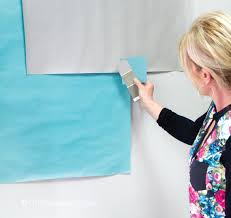
Tips for Achieving the Color You Want
Paint squares on samples of the colors you’re considering, and then move them around the room during the day. Apply at least two coats.
Place samples on the carpet during times of the day.
Remember that natural and artificial light will work together during certain times of day, especially in summer when dusk lasts a long time. Turn on artificial lights even during daylight to see what your colors will look like.
Try a couple of different bulbs to see the different effects you’ll get.
Most importantly, don’t stress over it. Just do your best to select a color and relax in your freshly painted room.
I hope you enjoyed this post on how lighting affects paint colors.
If you want to learn how to start making money with your hobby get the details HERE
If you want to learn DIY Tricks and Tips get my weekly blog HERE
Artzy Fartzy Creations. Oh Yes you can DIY!
Decoupage Jewelry Box
You know the old saying. “One man’s trash is another [...]
How to Refinish and Stain Furniture in 3 Simple Steps
When you have a beautiful table that is made of [...]
Turning Trash To Treasure
Have you ever driven by your neighbor’s trash and seen [...]
Coastal Table & Chair Makeover
One of my favorite things to do is [...]
How to Create a Faux Crocodile Table
Have you ever wondered how they create that crocodile faux [...]
How to Transforming a Thrift Store Table Into a Fur Bench
I've always wanted a fur bench in my bedroom but [...]
Contents
Recent Reads
Transform your space with 3D Wall Panels for an elegant look
Picture this: You step into a room and [...]
The Best Paints for Upcycling Furniture
Have you ever stumbled upon a piece of [...]
How to Score Amazing Home Decor Finds at Thrift Stores
Are you ready to give your home a [...]


